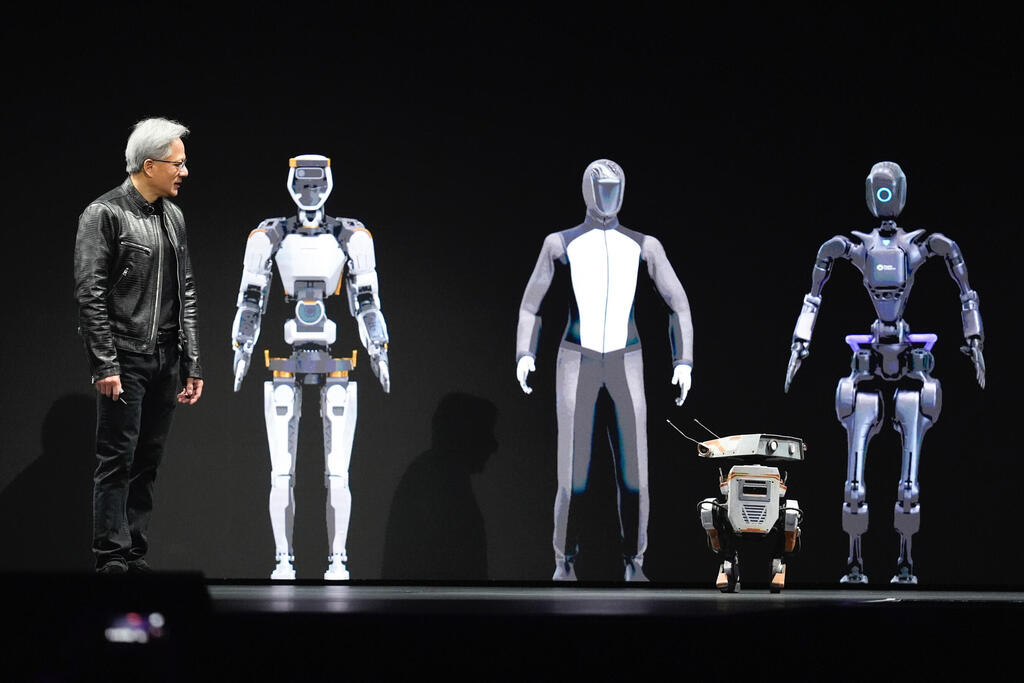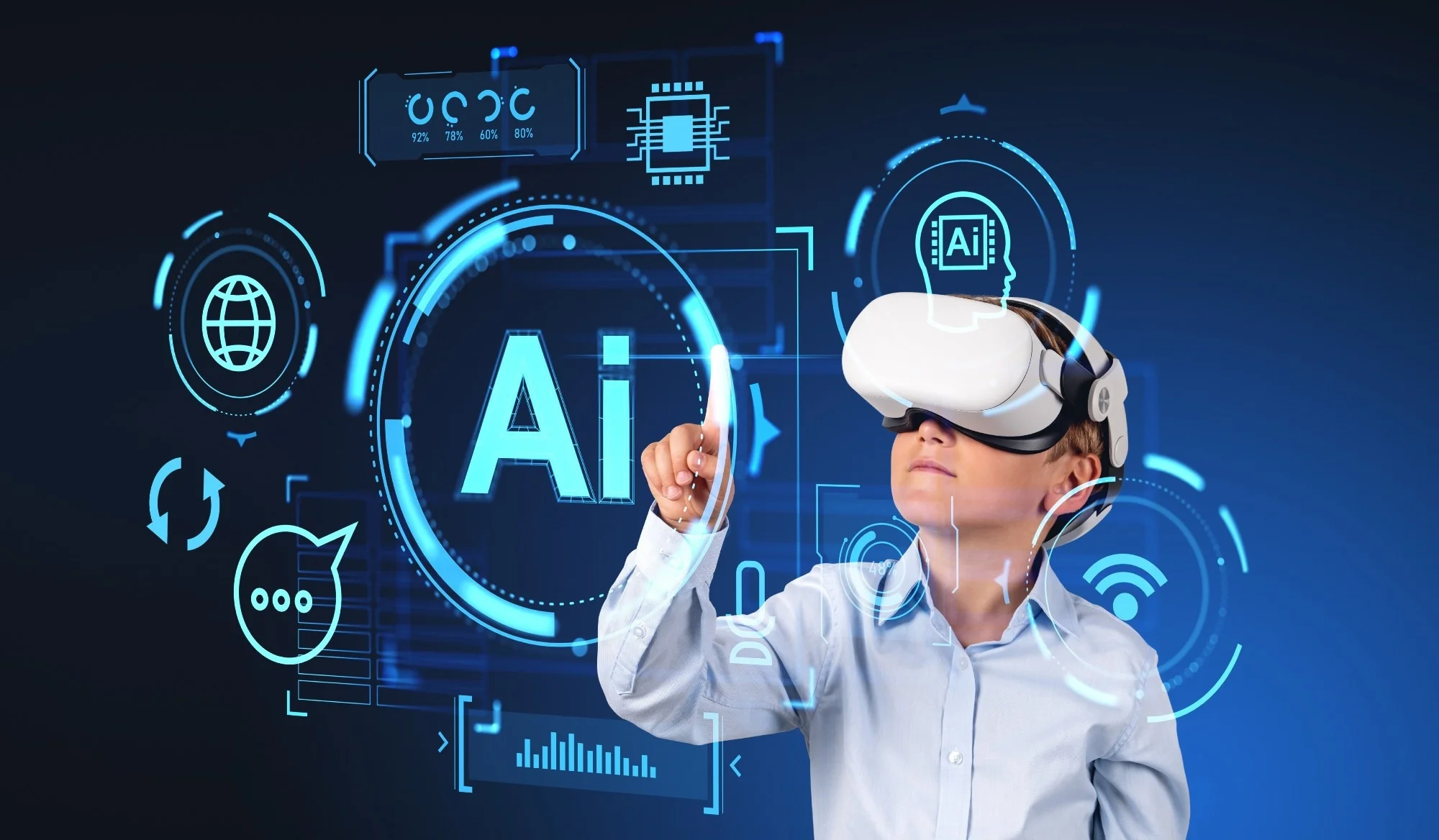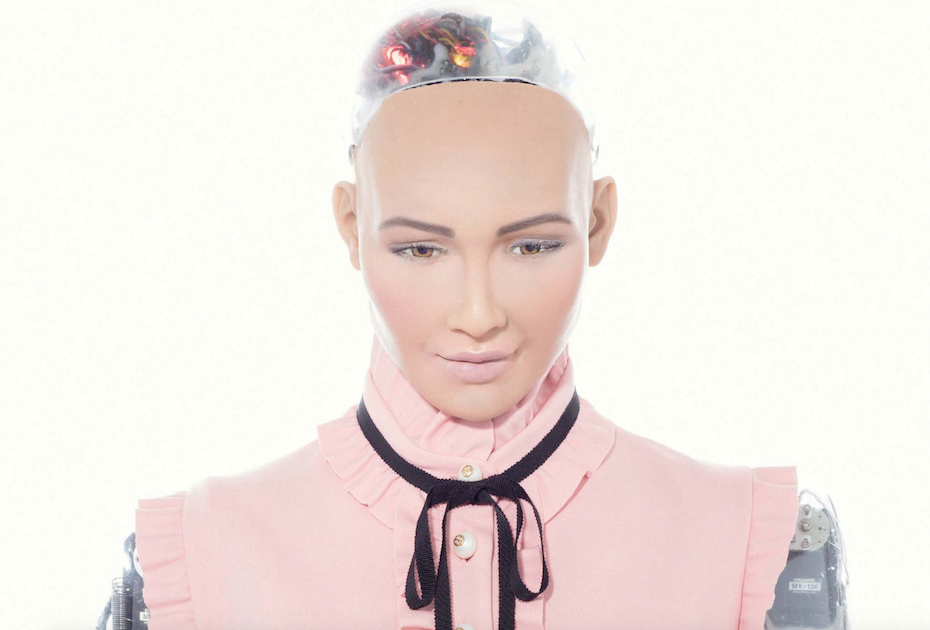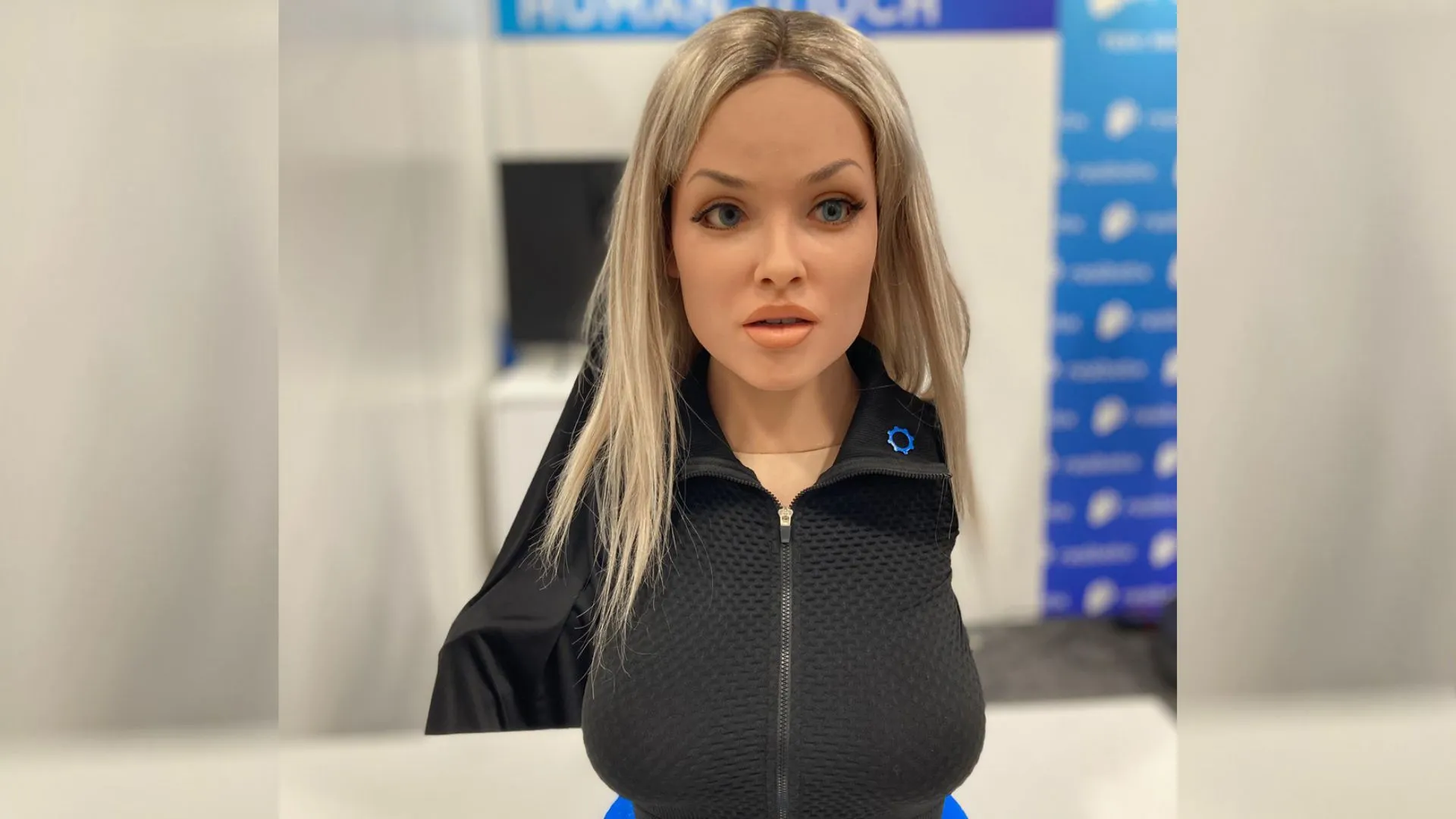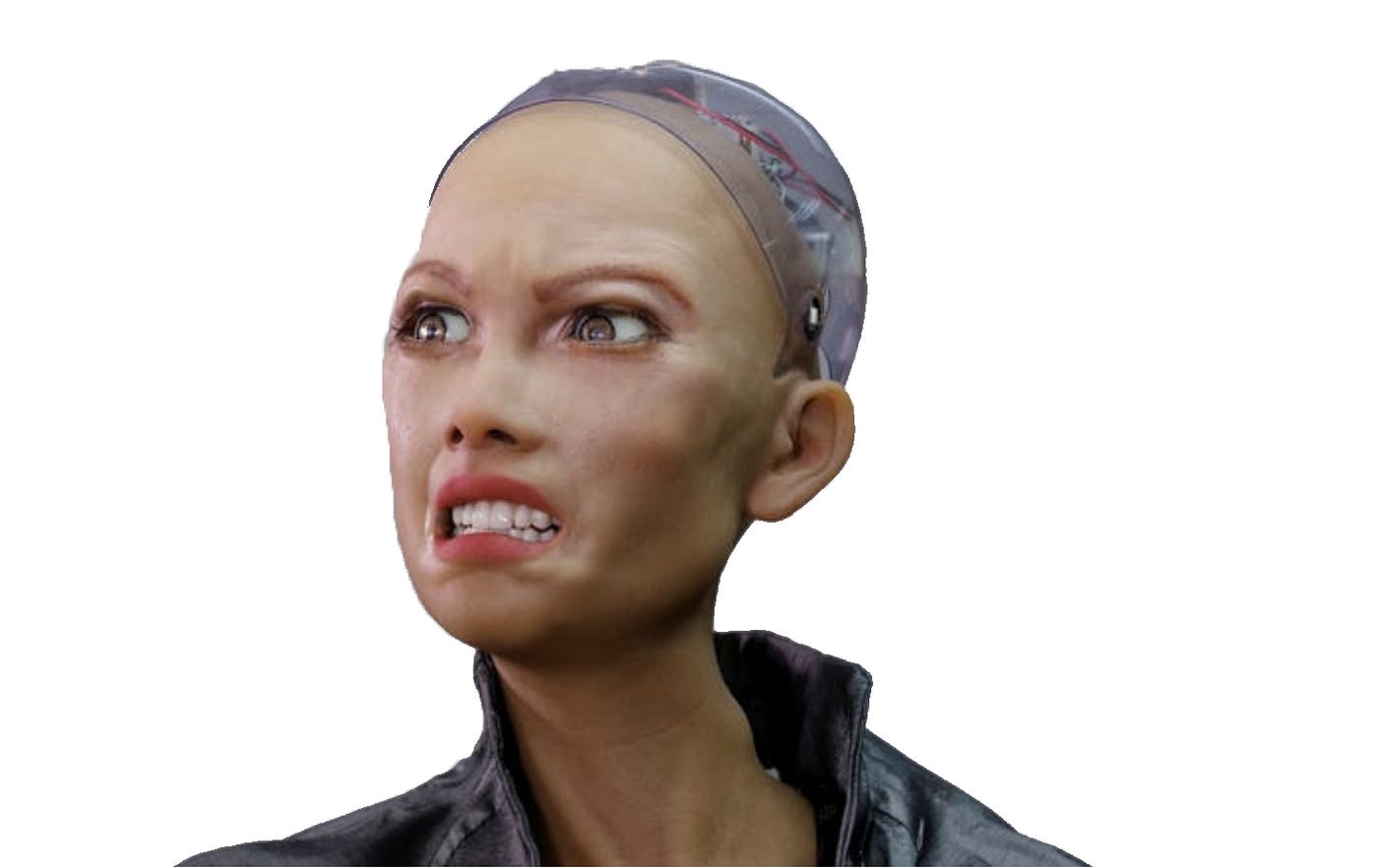Understanding the Gendered Design of AI Robots
In recent years, the emergence of female AI robots has sparked widespread discussions about the significance of gender in artificial intelligence. Sophia, the humanoid robot developed by Hanson Robotics, is perhaps the most famous example of a female AI robot. She has been widely recognized for her realistic appearance and human-like facial expressions. Another significant example is Chloe, who is often considered the world’s first self-learning female AI robot. These robots are often designed with typically feminine characteristics, such as softer facial features and higher-pitched voices, which influence how they are perceived and interacted with by humans.
The Impact of Gender on Human-Robot Interaction
Studies have shown that humans often perceive female AI robots as more relatable and human-like than their male counterparts. This perception is largely due to the cultural association of femininity with warmth, nurturing, and emotional expressiveness—qualities that make robots seem more approachable. A study involving over 3,000 participants found that female AI robots were perceived as possessing more positive human qualities compared to male robots, even when compared to animals and traditional machines. This phenomenon may explain why many people prefer interacting with female AI robots in a variety of contexts, from customer service to personal assistance.
Gender Preferences in Service Roles
In many service-oriented roles, such as hotels and retail environments, there has been a noticeable preference for female AI robots. For example, a study conducted by Washington State University revealed that customers were more likely to feel comfortable and satisfied when interacting with robots that had a female appearance and voice. This trend highlights the idea that people may feel more at ease with female AI robots, particularly in roles that require emotional intelligence, like customer support. The design of these robots with more human-like features—especially feminine traits—appears to foster a more positive user experience and acceptance.
The Ethical Considerations of Gendering AI Robots
While the feminization of AI robots can enhance human-robot interaction, it also raises several ethical concerns. One major issue is the potential reinforcement of traditional gender roles. By designing robots to have distinctly feminine features—such as gentle voices and soft facial expressions—there is a risk of reinforcing stereotypes about women being subservient or primarily service-oriented. This is particularly concerning when these robots are deployed in caregiving or customer service roles. Critics argue that this practice may contribute to the objectification of women in technology and perpetuate harmful gender biases in AI development.
The Male AI Robot Alternative
While female AI robots are more commonly recognized and studied, male AI robots are also emerging in the field. However, the societal perceptions and expectations surrounding male robots differ from those of their female counterparts. Male robots, often designed with more angular features and deeper voices, are usually associated with roles requiring authority, physical strength, or leadership. Interestingly, studies suggest that male robots are often viewed as more competent and less approachable compared to their female counterparts. As a result, the gendered design of AI robots may influence their effectiveness in certain roles, further reinforcing the idea that gender can shape our expectations and interactions with technology.
Conclusion: The Significance of Gender in AI Robotics
The design and gendering of AI robots plays a significant role in shaping how humans interact with these technologies. While female AI robots like Sophia and Chloe are often seen as more relatable, approachable, and human-like, it’s important to consider the ethical implications of assigning gender to robots. The growing trend of gendering AI robots in a way that aligns with traditional gender roles could potentially reinforce harmful stereotypes. As AI technology continues to evolve, it is crucial that developers and engineers approach the gendering of robots thoughtfully, ensuring that these technologies are not only effective but also socially responsible.
Ultimately, whether it's the female AI robot in the movie world or the real-life female AI robot for sale, their design can have profound impacts on human behavior and social dynamics. With increasing advancements in AI, the lines between artificial and human personalities are blurring—making it all the more essential to reflect on how gender plays a role in our future technological landscape.


